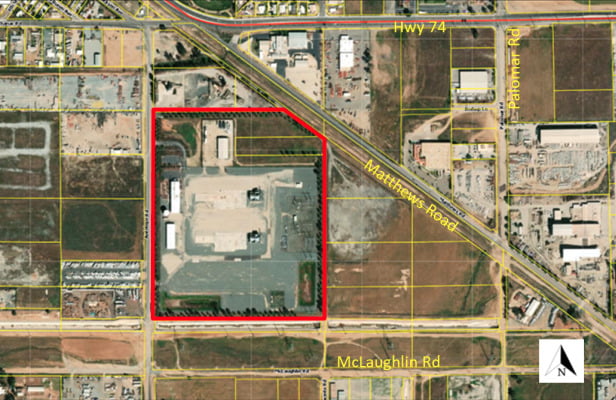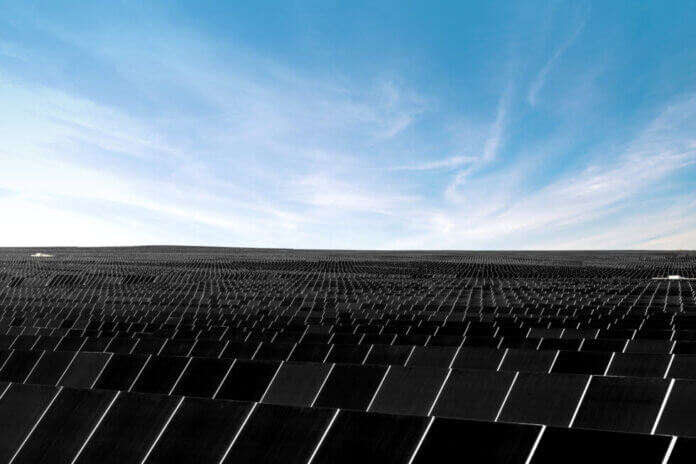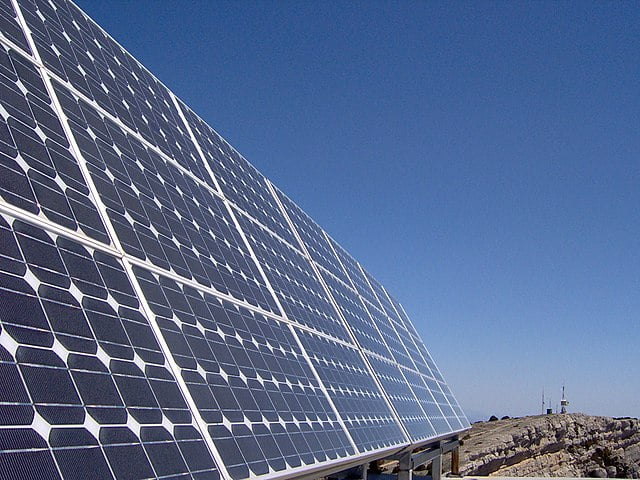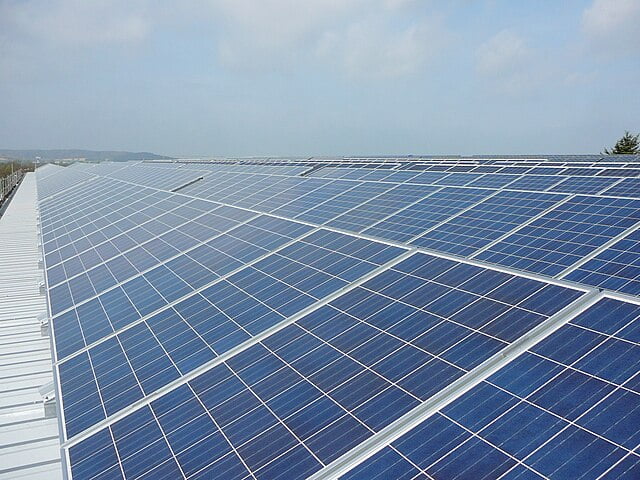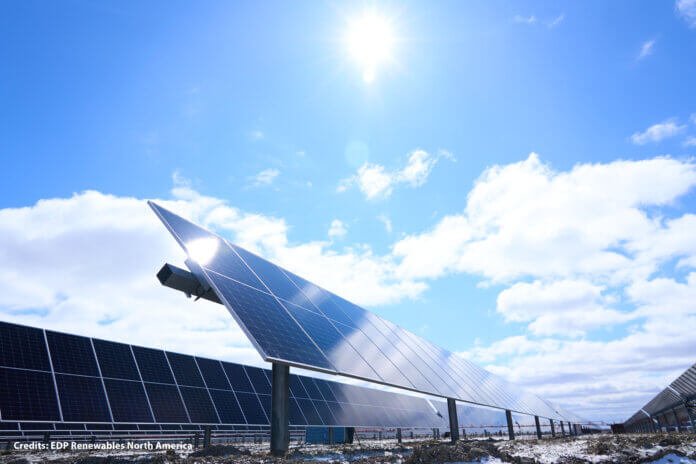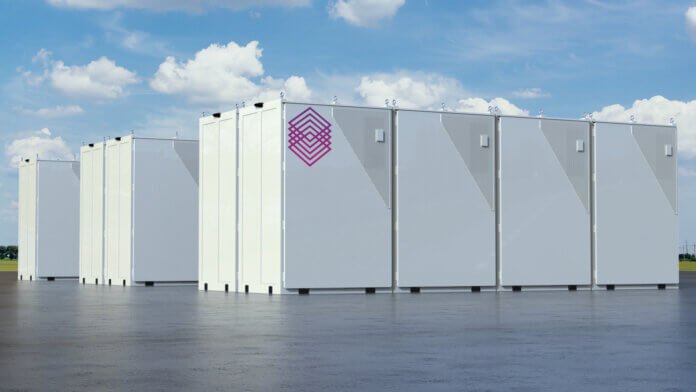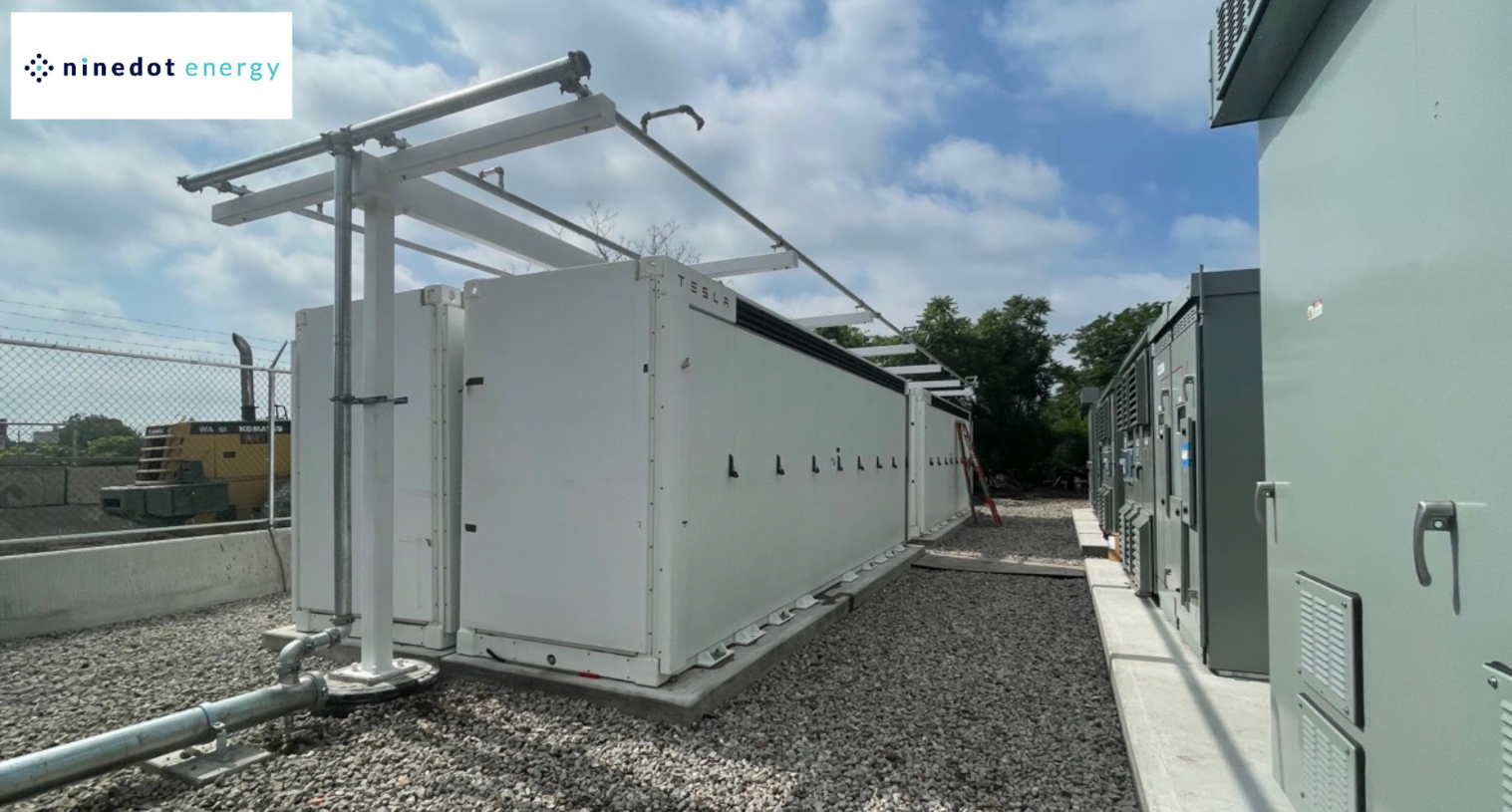If people in the assorted clean energy industries were to be given an opportunity to wield the powers of a deity for the good of others, it’s a safe bet that they would take their turn by doing whatever it took to rapidly accelerate the energy transition.
Well, while we would encourage all of our readers to always be thinking to do good deeds, of course, we accept that it isn’t possible to do that with the absolute power of a God (certain CEOs with big egos, we’re looking at you).
But if there were a means to point an almighty finger and effect some sort of transformation, perhaps many of us would choose to put energy storage everywhere that it’s needed. And with the industry today already deploying gigawatts of new lithium-ion battery storage for short-duration applications, perhaps it’d be long-duration energy storage (LDES) that many of us would focus on.
Decisions must be made today, says International Energy Agency
Taking a step back from this quasi-theological meandering and very much back onto a terrestrial plane of existence, this week saw the publication of the 2023 edition of the International Energy Agency’s (IEA’s) annual primary analysis of the renewable energy sector.
It noted that the amount of renewable generation capacity added to energy systems around the world grew by 50% in 2023 to reach close to 510GW. Solar PV accounts for around 75% of that installed total. The IEA sounded an optimistic tone that tripling global renewables generation capacity in line with targets set at COP28 will be feasible by 2030, although it will require great effort.
Within the report, the IEA explains that electricity storage is crucial for integrating the rising shares of variable renewable energy (VRE) on the world’s grids. It talks of battery storage and pumped hydro energy storage (PHES) as the two technologies currently able to cost-effectively provide storage, stationary batteries for durations of 1-hour to 4-hours and PHES for 4-hour to 15-hour durations.
The report goes on to say that the needs are increasing rapidly for LDES, or long-term storage, especially on grids expected to go beyond 50% renewable energy penetration by 2028.
Investment decisions around the deployment of LDES technologies which IEA says will be needed at scale in six to ten years’ time, need to be made today.
Allow me to repeat that: the International Energy Agency says the investment decisions need to be made today.
Although the report was issued 11 January, two days after Playing God Day, what it advocates is exactly what our friends and colleagues in the clean energy industry might wish for on that made-up day.
That said, you would never know this from the press release about the report issued by the agency yesterday. It does not mention energy storage once.
The agency also issued brief global forecast summaries of the three main sections in the report covering the sectors of electricity, heat and transport. Again, though energy storage is mentioned in the actual report – albeit briefly for something of such apparent importance – it is not mentioned at all in the summary.
After the ‘hype cycle’ is gone
It remains a little baffling that storage gets such a cursory treatment in the IEA Renewables 2023 report, but at the same time, the essential role of long-duration energy storage is at least highlighted.
Towards the beginning of last year, we and others in the industry were asking if 2023 would be the Year of Long-Duration Energy Storage. Industry veteran and now Department of Energy loan office head Jigar Shah predicted that orders for non-lithium storage technologies would exceed 1GWh for the year. US Senator Joe Manchin and bipartisan colleagues urged for more investment in that area after billions had poured in to the lithium manufacturing value chain since Joe Biden took office.
Industry analysts Clean Energy Associates (CEA) said that 2023 would be the year of proving the technology out, with expert Dan Shreve writing that the hype cycle for LDES, non-lithium tech had come to an end, in a Guest Blog for our sister site PV Tech.
Shreve wrote that 2023 would be “the year when early innovators must prove their technology can pass muster,” referring to a broad range of technologies that include flow batteries and other electrochemical technologies alongside thermal and mechanical energy storage.
And although there was progress made in 2023 by a lot of non-lithium energy storage companies, it was more on the technology development or business partnership end than in terms of deployment figures.
For instance, the largest non-lithium battery project reported to have come online by the site during 2023 was Invinity Energy Systems’ 8.4MWh vanadium redox flow battery (VRFB) in Alberta, Canada, obviously far smaller than what we’re now used to seeing for lithium at grid-scale.
On the other hand, one flow battery company, ESS Inc, received investment from Honeywell to codevelop energy storage technologies, and iron-air ‘multi-day’ battery startup Form Energy is now set to see its tech trialled by at least four utility companies across the US.
And so, this week the UK’s government put out its consultation on a set of proposals to support LDES. The long-awaited long-duration support scheme looks set to include a cap-and-floor mechanism to incentivise investment, and incumbent technologies such as lithium-ion will likely not be eligible.
Experts commissioned to calculate the economics of LDES on behalf of the UK government Department of Energy Security and Net Zero (DESNZ) found that the UK could save £24 billion (US$31 million) in electricity system costs between 2030 and 2050 with the deployment of 20GW of long-duration storage.
It follows the UK government picked out LDES projects from a number of technology providers for direct funding support. The UK is not alone in this, with the US government a few months ago announcing a shortlist of projects getting a share of US$325 million funding for LDES technologies.
So, as with the IEA, it seems the UK and US governments are getting the message, even if the work being done feels a bit earlier stage than it should be by now. However, it remains to be seen if their support for LDES is well-designed and well-directed or merely well-intentioned.
New entrants face challenge in a lithium (and sodium) world
We haven’t really looked at the different long-duration, non-lithium energy storage technologies in this edition of the Friday Briefing. That’s mainly because there simply isn’t enough space, but it’s also because the markets will ultimately decide which technologies offer the best combination of technical capability and cost.
As long as requirements in energy markets are for resources that offer LDES – variously defined as resources of 6-hour, 8-hour or sometimes 10-hour or more duration – then LDES will be procured, and on that basis the different options will be compared.
There are lots of technologies that could apply to, quite often synonymous with a single provider, for example the CO2 Battery produced by Italy’s Energy Dome, or ESS Inc’s flow battery, for which the company uses a proprietary all-iron electrolyte.
Interestingly, however, and as regular readers of this site will be aware, in a couple of competitive solicitations for LDES in the US state of California and Australia’s New South Wales over the past year or so, the technology most frequently selected is lithium-ion (Li-ion) battery storage.
In those tenders, Li-ion battery energy storage system (BESS) projects with 8-hour duration were found to be the most suitable and available at the best price.
And it seems that in 2024, Li-ion will continue to fight to keep not only its corner of the established short-duration market but could also hold its own in longer-duration opportunities. In our Year in Review series of articles to end 2023 and kick off this year, CEO Jeff Bishop of US developer Key Capture Energy said that lithium-ion would be the technology trend to watch in 2024.
“Don’t get me wrong, there are some really exciting technologies out there and I wish everyone the best but look at cost curves. It’s going to take a lot of time for the new entrants to come to the market in a truly cost competitive way,” Bishop said.
That theme was continued to a group of developers based in Europe. Representatives of Aquila Clean Energy and Kyon told Energy-Storage.news that in 2024, they expect advances in lithium batteries, specifically lithium iron phosphate (LFP), to be among the key technology trends to watch.
Aquila’s director of energy storage Kilian Leykam and Kyon Energy managing director Florian Antwerpen both also identified sodium-ion as a battery technology to watch, a premise agreed with by Baywa r.e. head of storage Julian Gerstner who also took part.
Certainly sodium-ion (Na-ion) seems to be the battery technology attracting the most mainstream attention as a possible lower energy density-but-cheaper drop-in replacement to lithium-ion and the views of some engineers is that Na-ion for stationary energy storage could also cover medium- to long-duration applications.
As recent research from experts at Dongguk University in South Korea found, sodium-ion could be a complementary technology to lithium. Sodium batteries use abundant materials and therefore could be made cheaply and at scale.
But here’s the kicker: lithium battery prices started to go back down in 2023 after a brief but impactful period of rises in 2021 and 2022. As reported by Energy-Storage.news yesterday, prices have come down enough that one firm that was specialising in second life batteries is instead using new LFP battery cells.
And where lithium is one massive industry reliant on broadly the same technology across multiple sectors including transport and consumer electronics, non-lithium technologies which come from a vast number of different providers, will not be able to call on the same sort of economies of scale.
According to BloombergNEF, there have been around 1.4GW/8.2GWh of LDES resources deployed worldwide to date, while DNV has forecast that by 2050, around 1.4TWh of LDES will have been installed. When you put that into perspective, DNV believes by that time the amount of Li-ion installs will have hit 22TWh, and BloombergNEF forecast shortly before the end of the year that lithium would account for 42GW/99GWh of storage deployments in 2023.
Whether it’s Play God Day or not, we can’t act in some all-knowing, all-seeing capacity and sweep away all obstacles to renewable energy deployment and to decarbonisation of the electric grid. But the decisions can be made today which will make decarbonisation possible even in the challenging timelines that are required. In that game, we have no choice but to play.
Continue reading



